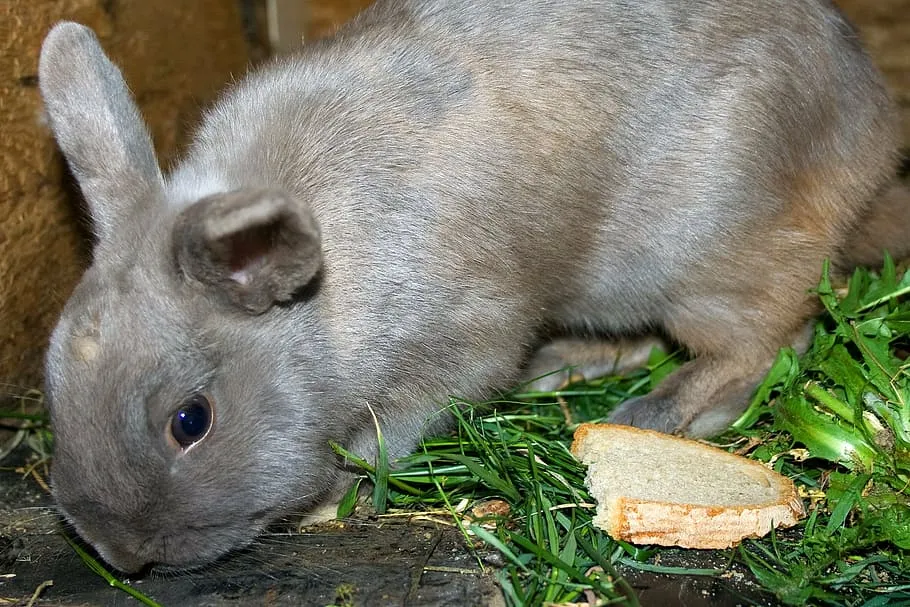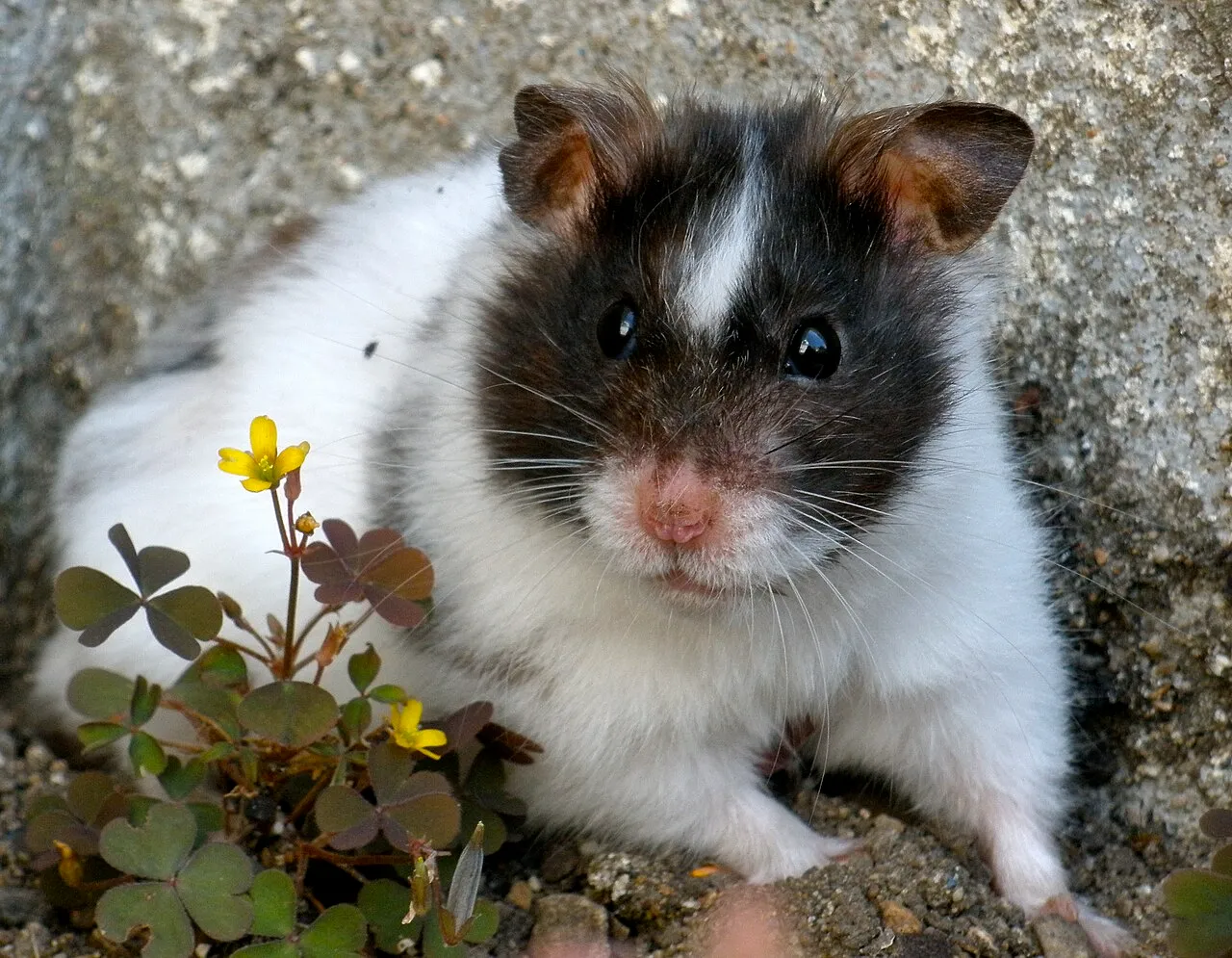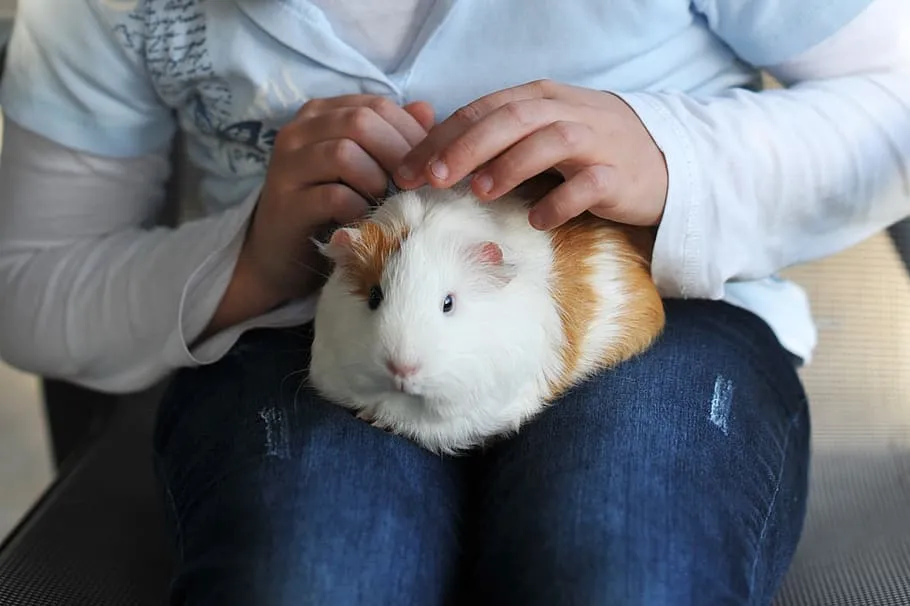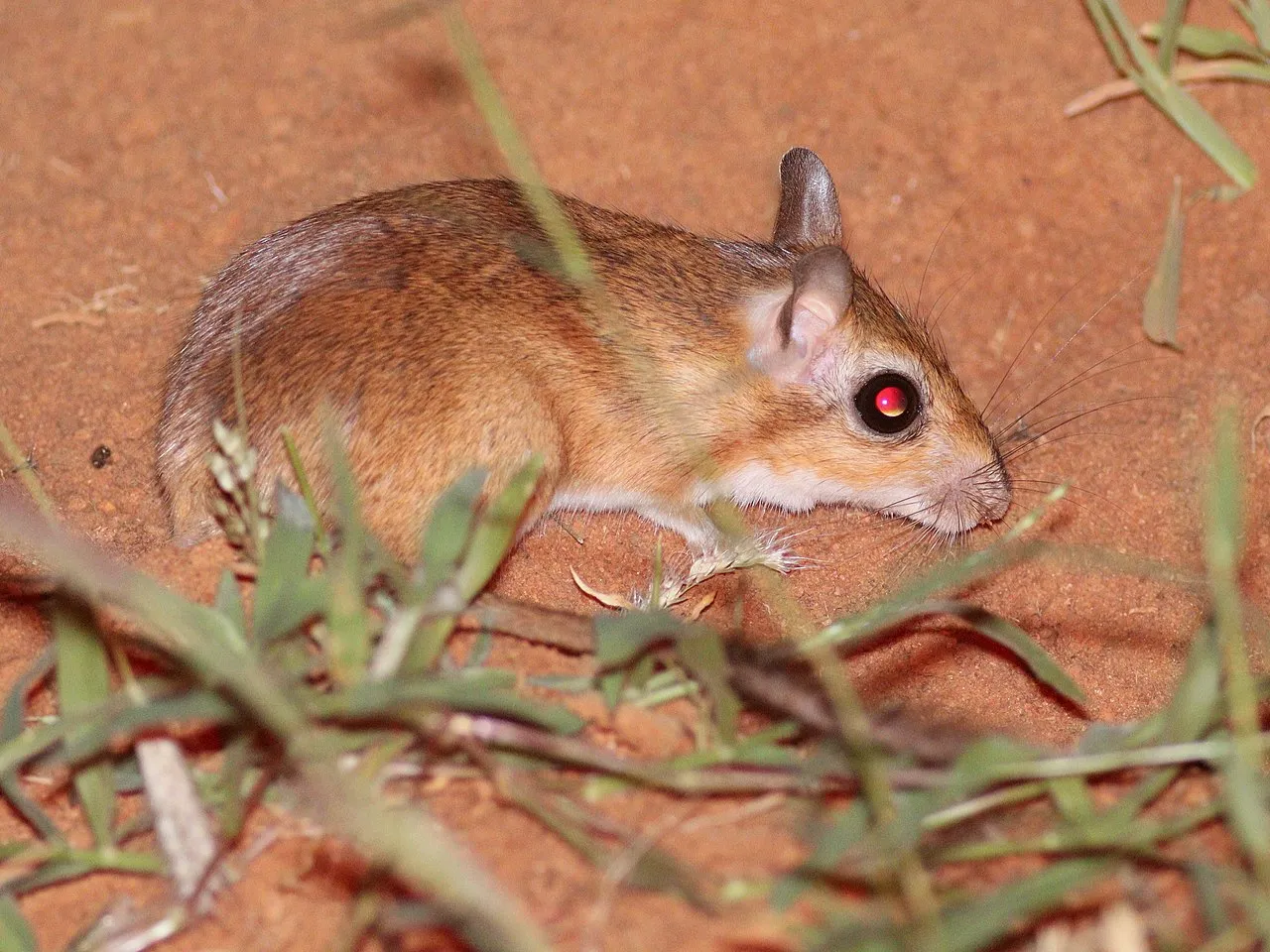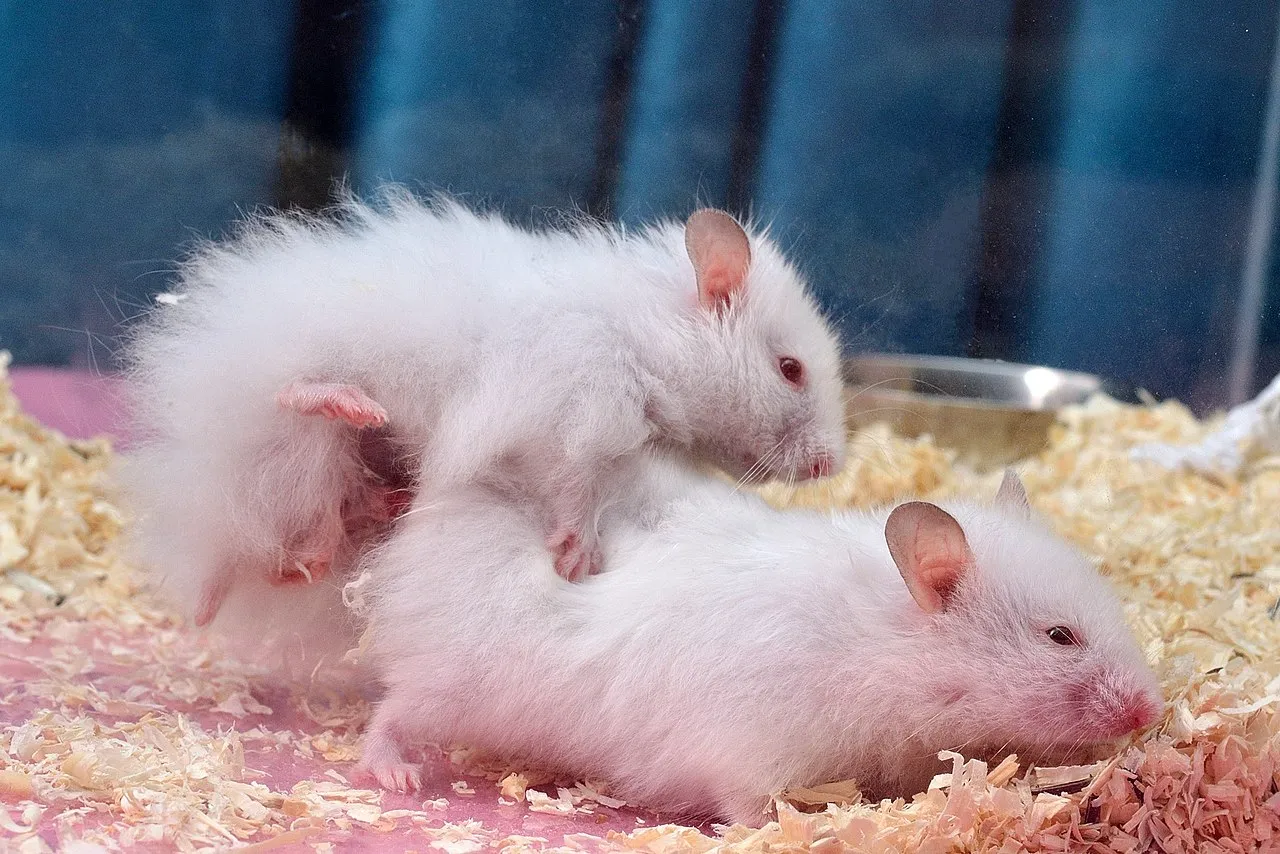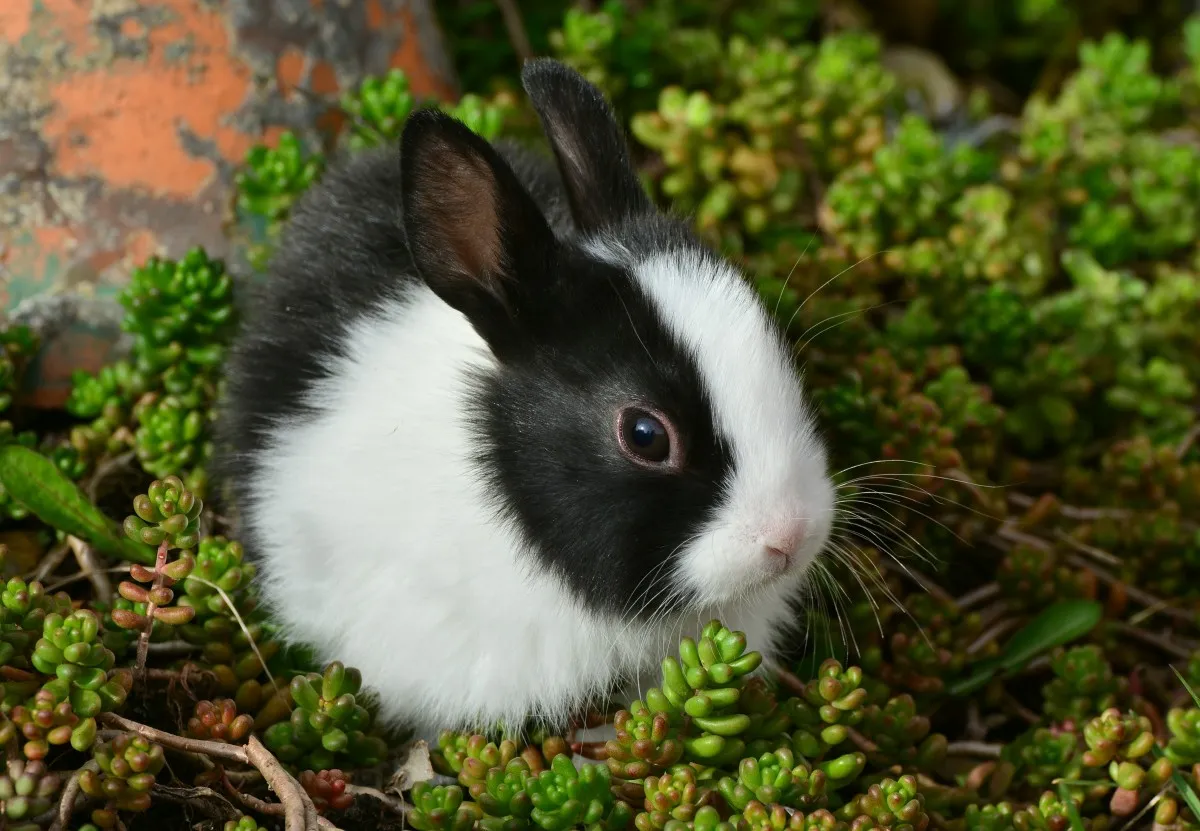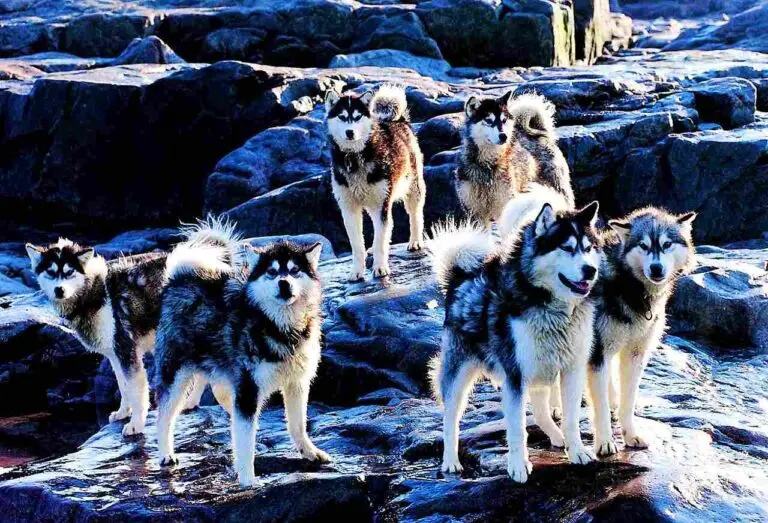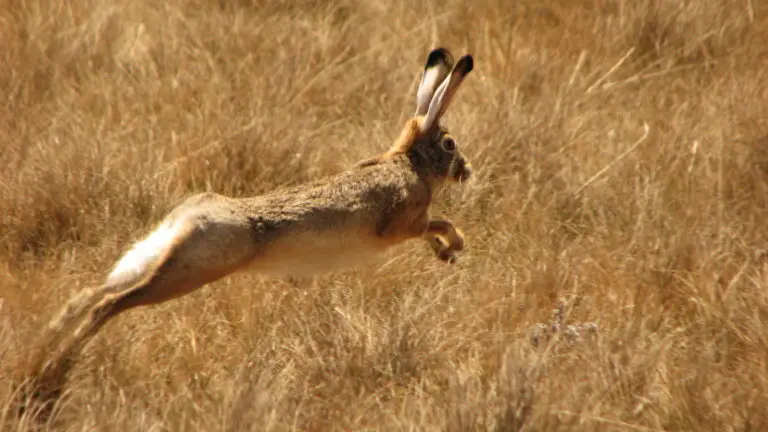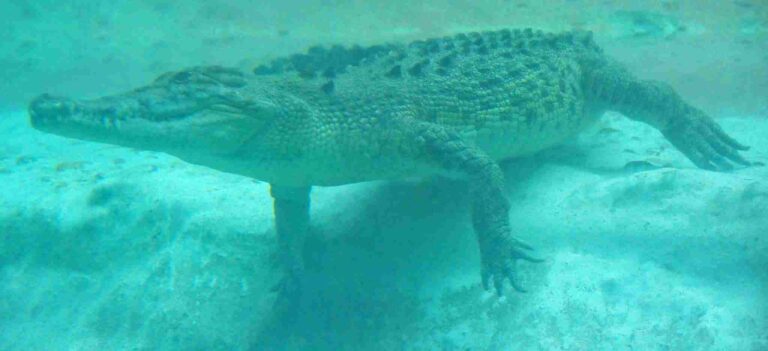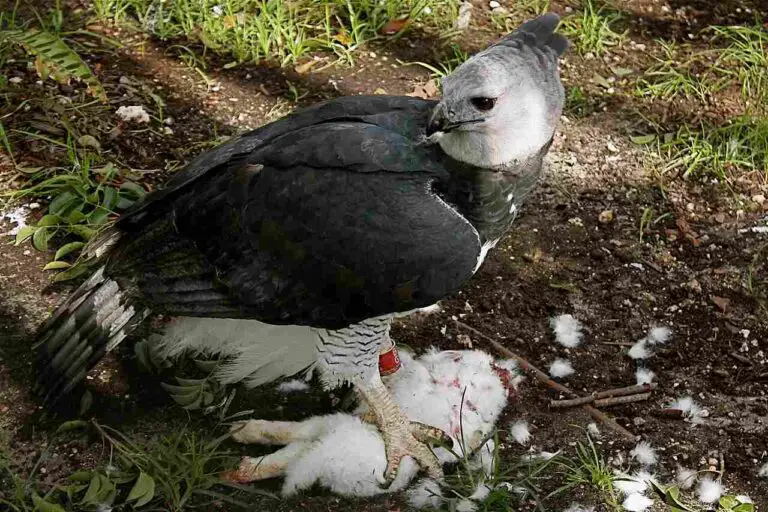Guinea Pig Vs Chinchilla Size, Weight, Overall Comparison
Comparing guinea pigs and chinchillas reveals distinctions in size, temperament, and care requirements, aiding potential owners in making informed decisions about which pet best suits their preferences.
I. Size and Physical Characteristics:
– Guinea pigs are larger than chinchillas, with noticeable differences in height and weight. Understanding these size variations is crucial for providing appropriate housing and care for each species.
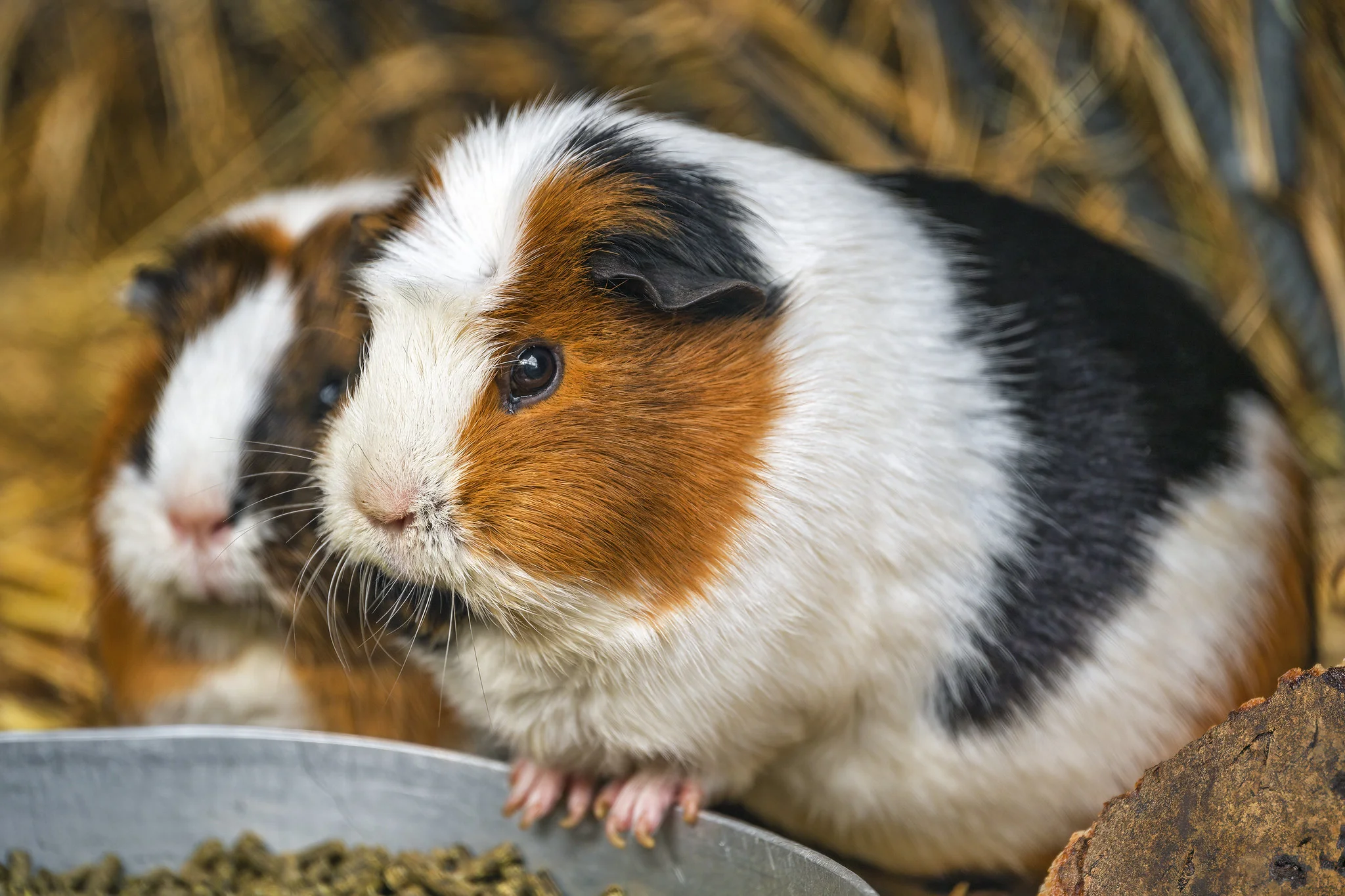
II. Temperament and Handling:
– Guinea pigs are known for their tolerance of handling and are generally more adaptable to interaction with their owners. Chinchillas, while curious, may be less inclined to cuddling and handling, requiring careful consideration of individual preferences.
III. Fur and Coat Differences:
– Chinchillas are renowned for their incredibly soft fur, which is denser and finer than that of guinea pigs. Guinea pigs, on the other hand, have shorter, coarser fur. Recognizing these differences contributes to providing suitable grooming and care.
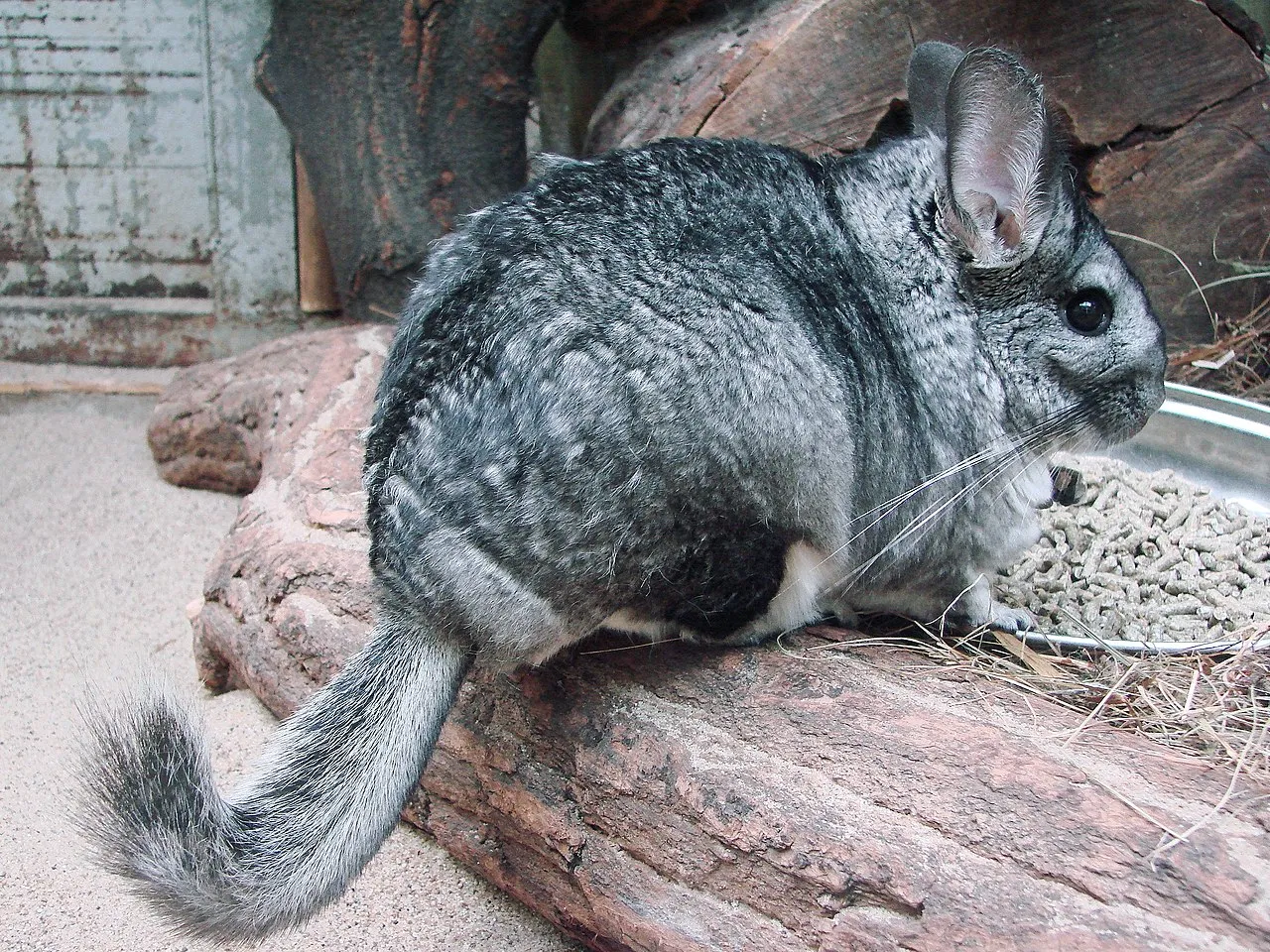
IV. Living Space and Environmental Needs:
– Guinea pigs may be more tolerant of warmer climates and can thrive in temperatures between 60°F – 75°F. Chinchillas, with their dense fur, may be more sensitive to heat and require cooler environments. Tailoring living spaces to their specific needs is essential.
V. Pros and Cons for Pet Owners:
– Each species has unique traits that appeal to different pet owners. Guinea pigs may be a better fit for those seeking a more hands-on and interactive experience, while chinchillas, with their luxurious fur and distinct behaviors, may attract owners who appreciate a more observatory role.
*Details of Comparison
| Criteria | Guinea Pig | Chinchilla |
| Taxonomy | Cavia porcellus |
Chinchilla lanigera (domesticated)
|
| Appearance | Rounded body, various coats |
Compact, dense gray fur, bushy tail
|
| Size | 8-12 inches | 9-15 inches |
| Weight | 1.5-2.6 pounds | 1-1.5 pounds |
| Dentition and Bite Force | Herbivorous, moderate force |
Herbivorous, moderate force
|
| Offensive Advantages | Limited | Limited |
| Defensive Advantages | Agility, vocalizations |
Agility, climbing, vocalizations
|
| Speed | 5-10 mph | Up to 15 mph |
| Agility | Moderate |
Exceptionally agile, climbing abilities
|
| Senses | Hearing, smell, limited vision |
Hearing, smell, better low-light vision
|
| Physical Capacity | Ground-dwellers |
Adapted for climbing
|
| Habitat and Region | Various environments |
Andes Mountains, high-altitude rocky terrain
|
| Tracks | Identifiable, slight differences |
Identifiable, furry paws may be less distinct
|
| Lifespan | 5-7 years | 10-15 years |
| Mode of Feeding | Herbivores | Herbivores |
| Intelligence | Social intelligence |
Social intelligence, potential problem-solving
|
| Social Behavior | Highly social |
Highly social, potential territorial behavior
|
| Reproduction | Prolific, shorter gestation |
Longer gestation, postpartum estrus
|
| Parental Behavior | Maternal care |
Maternal care, potential paternal involvement
|
| Proximity to Humans | Worldwide, near settlements |
Domesticated pets, less likely near human settlements in the wild
|
| Behavior Toward Humans | Affectionate |
Affectionate, individual temperament variations
|
| Danger to Humans | Low risk | Low risk |
| Precautions | Temperature sensitivity, proper handling |
Temperature sensitivity, dust baths for fur health
|
| Conservation Status | Not endangered | Endangered due to habitat loss, illegal hunting |
Key Points
- Both are herbivorous rodents originating from South America.
- Social behaviors are a common trait in both species.
- Differences include lifespan, agility, conservation status, and adaptability to diverse environments.
- Chinchillas face endangerment due to habitat loss and illegal hunting.
1. Taxonomy:
Guinea pig (Cavia porcellus):
Kingdom: Animalia
Phylum: Chordata
Class: Mammalia
Order: Rodentia
Family: Caviidae
Genus: Cavia
Species: Cavia porcellus
Chinchilla (Chinchilla):
Kingdom: Animalia
Phylum: Chordata
Class: Mammalia
Order: Rodentia
Family: Chinchillidae
Genus: Chinchilla
Species: (Chinchilla lanigera for the domestic chinchilla)
2. Appearance:
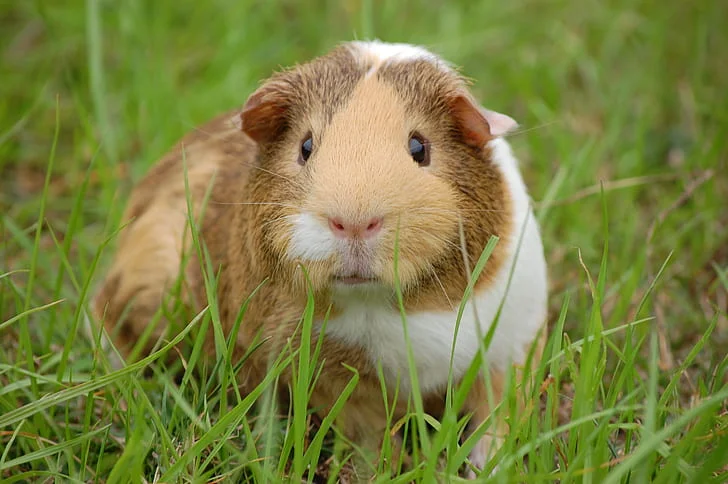
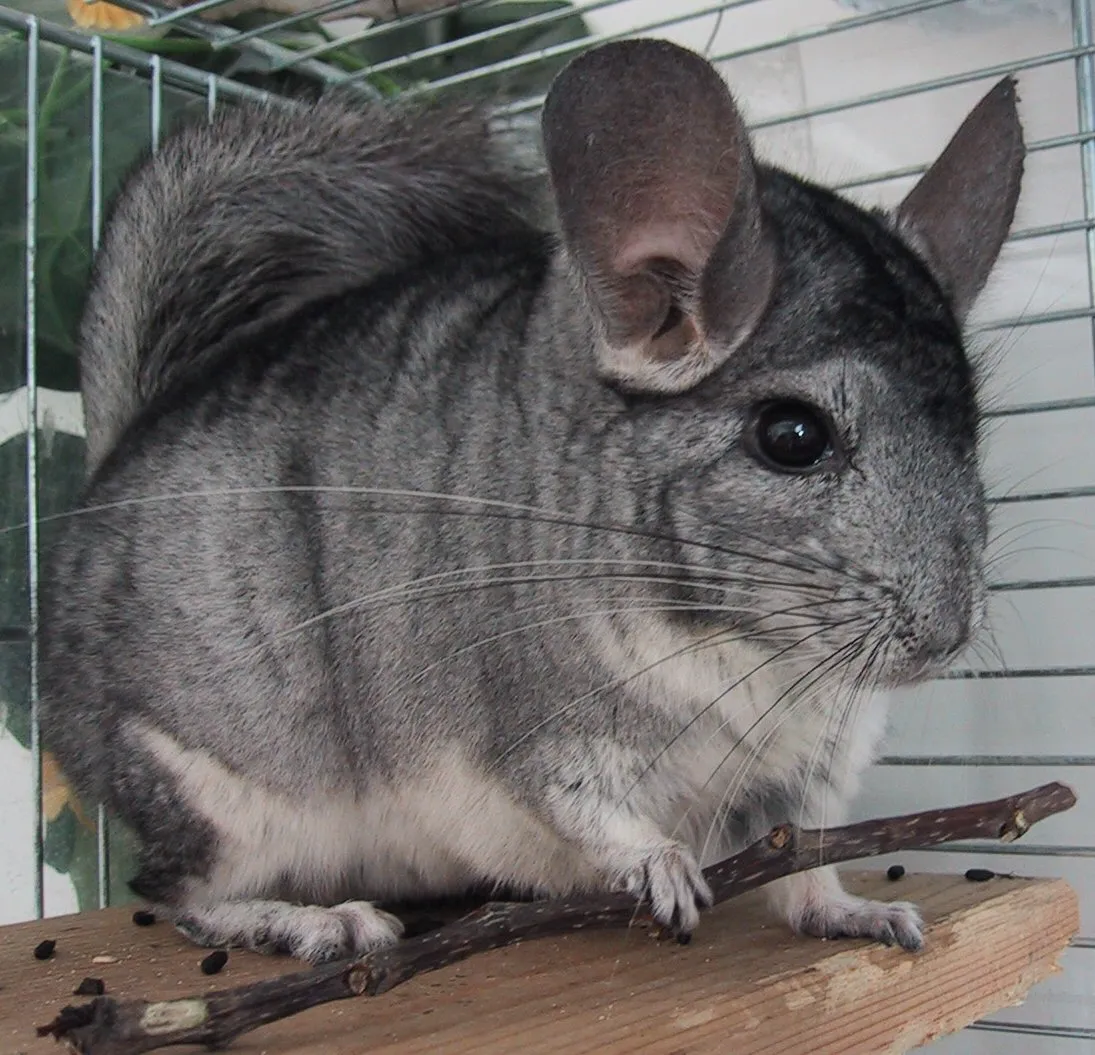
Guinea pig:
Rounded body, short legs, and a small head with large eyes and ears.
Various coat types and colors, including smooth, long-haired, and curly.
Domesticated breeds exhibit a range of appearances.
Chinchilla:
Compact, with a large head, large ears, and large, dark eyes.
Extremely soft and dense fur, usually in shades of gray.
Distinctive bushy tail and a robust build.
Comparison:
Guinea pigs have more varied coat types and colors compared to the characteristic gray fur of chinchillas.
Guinea pigs generally have a more rounded body shape, while chinchillas appear more compact.
Ecological Implications:
Guinea pigs’ diverse appearances may be an adaptive trait for survival in different environments.
The chinchilla’s dense fur is an adaptation to its native high-altitude, cold habitats.
3. Size:
Guinea pig:
Average length of 8-12 inches (20-30 cm).
Weigh between 1.5-2.6 pounds (700-1200 grams).
Chinchilla:
Length around 9-15 inches (22-38 cm).
Weigh between 1-1.5 pounds (450-700 grams).
Comparison:
Chinchillas are slightly larger in both length and weight compared to guinea pigs.
Ecological Implications:
Size differences may reflect adaptations to their respective habitats, influencing their ability to navigate and survive.
4. Weight:
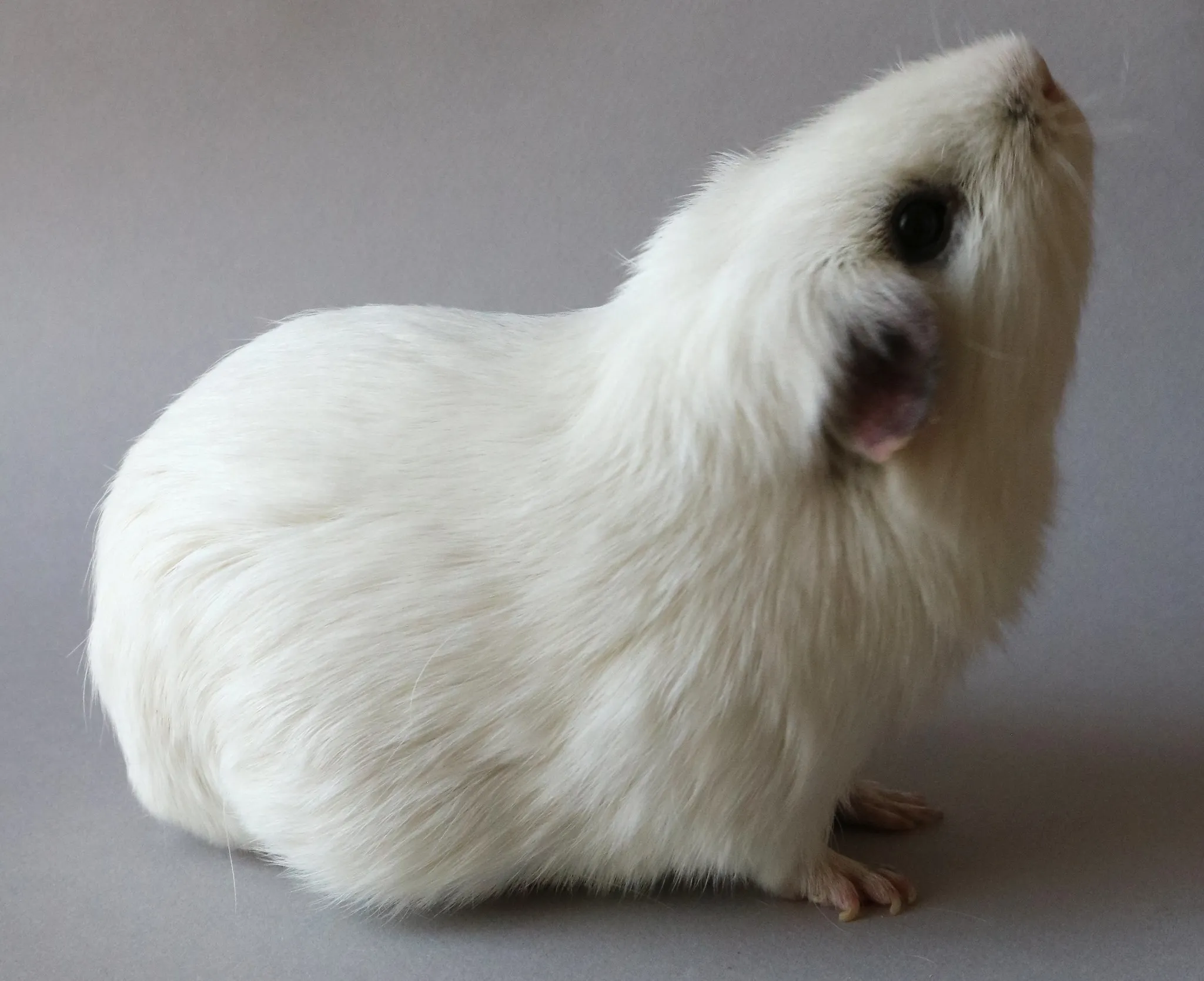
Guinea pig:
Weigh between 1.5-2.6 pounds (700-1200 grams).
Chinchilla:
Weigh between 1-1.5 pounds (450-700 grams).
Comparison:
Guinea pigs generally have a slightly higher weight range compared to chinchillas.
Ecological Implications:
Weight influences factors like energy expenditure, foraging patterns, and susceptibility to predators, contributing to their ecological niche.
5. Dentition and Bite Force (PSI):
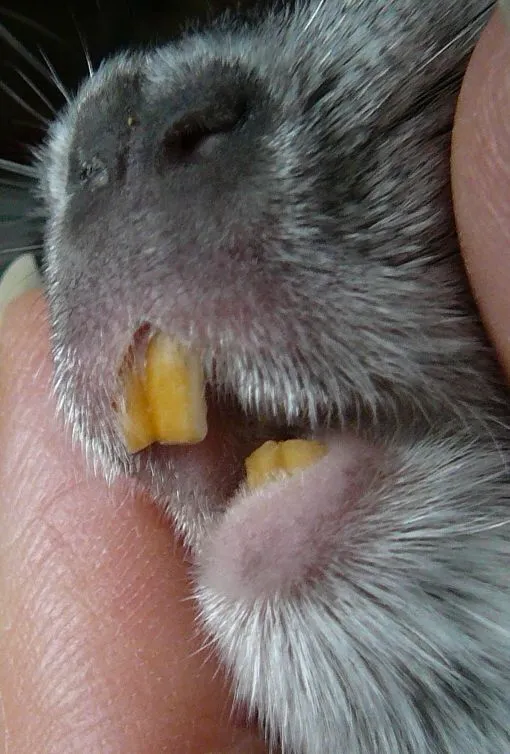
Guinea pig:
Herbivorous with sharp, continuously growing incisors.
Moderate bite force, adapted for chewing fibrous plant material.
Chinchilla:
Herbivorous with continuously growing incisors.
Comparable bite force to guinea pigs, suitable for breaking down tough vegetation.
Comparison:
Both have similar dentition and bite forces, indicative of their herbivorous diets.
Ecological Implications:
Adaptations in dentition reflect specialization for herbivorous diets, influencing their roles in ecosystem processes.
6. Physical Offensive Advantages:
Guinea pig:
Limited offensive capabilities; relies on agility and vocalizations for defense.
Incisors can cause minor bites.
Chinchilla:
Limited offensive capabilities; may use sharp incisors for defense.
Fleeing and hiding are primary defensive strategies.
Comparison:
Both species are not aggressive and lack significant offensive capabilities.
Ecological Implications:
Limited offensive abilities suggest reliance on other defensive strategies, such as hiding or group behavior, in their natural habitats.
7. Physical Defensive Advantages:
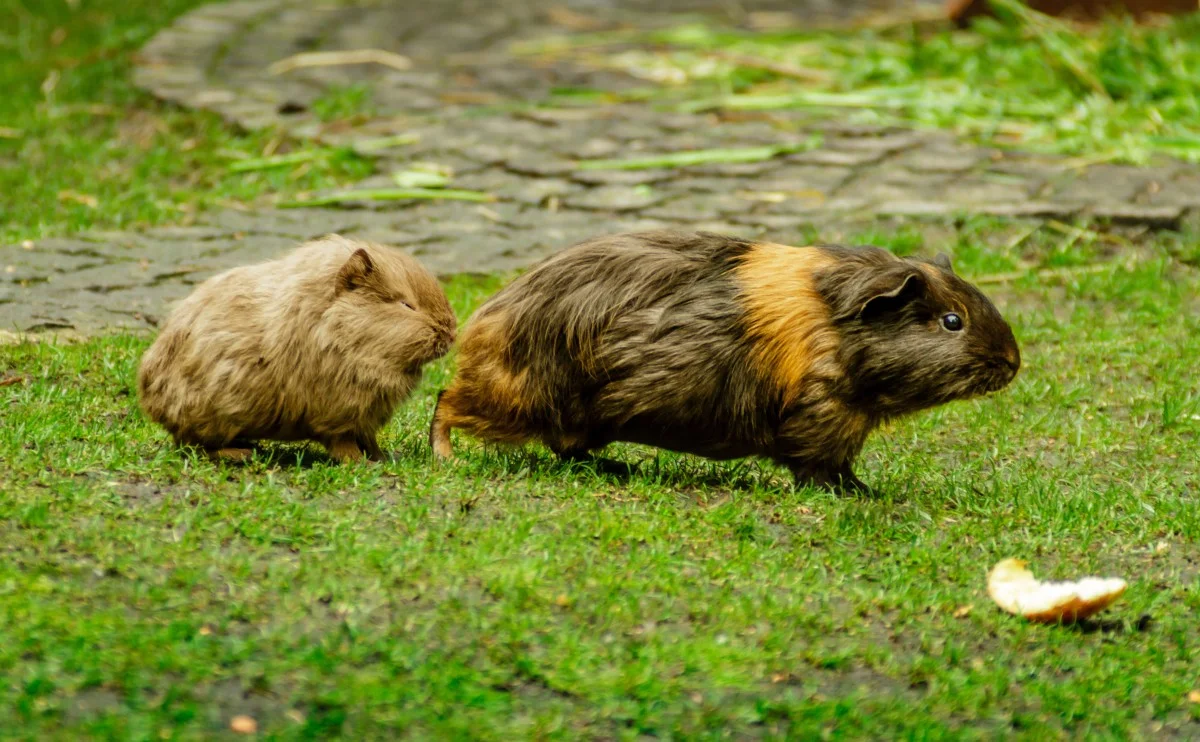
Guinea pig:
Excellent agility for quick evasion.
High-pitched vocalizations (squealing) serve as a warning to the group.
Chinchilla:
Exceptional agility and speed; can escape predators by climbing or hiding.
Thick fur provides some protection against predators.
Comparison:
Both rely on agility and vocalizations for defense, with chinchillas having superior climbing abilities.
Ecological Implications:
Adaptations for agility and vocal communication contribute to their survival strategies, allowing them to evade predators in different environments.
8. Speed (Km/hour or Mile/hour):
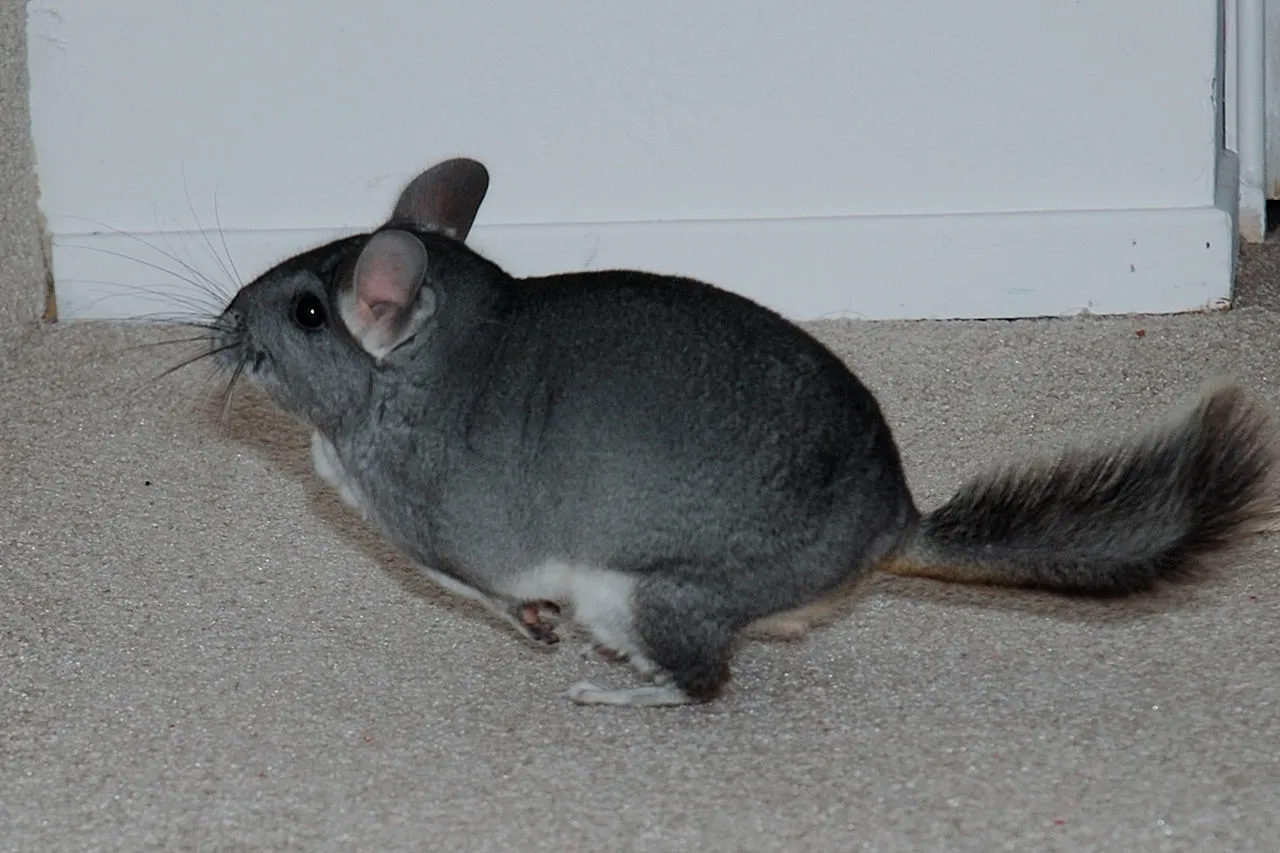
Guinea pig:
Can reach speeds of 5-10 mph (8-16 km/h).
Chinchilla:
Remarkably fast, capable of reaching speeds up to 15 mph (24 km/h).
Comparison:
Chinchillas are faster runners compared to guinea pigs.
Ecological Implications:
Greater speed in chinchillas may aid in escaping predators in their native habitats.
9. Agility:
Guinea pig:
Display moderate agility, able to navigate through complex environments.
Chinchilla:
Exceptionally agile, with the ability to jump and climb with ease.
Comparison:
Chinchillas exhibit superior agility compared to guinea pigs.
Ecological Implications:
Enhanced agility in chinchillas allows them to access different elevations and escape predators through climbing, contributing to their ecological niche.
10. Senses:
Guinea pig:
Good sense of hearing and smell.
Limited vision, particularly in distinguishing colors.
Chinchilla:
Well-developed sense of hearing and smell.
Limited color vision but excellent low-light vision.
Comparison:
Both species rely more on hearing and smell, with chinchillas having better low-light vision.
Ecological Implications:
Adaptations in senses align with their active periods and environmental conditions in their habitats.
11. Overall Physical Capacity:
Guinea pig:
Well-adapted for ground-based activities.
Chinchilla:
Highly adapted for climbing and jumping due to their powerful hind limbs.
Comparison:
Guinea pigs are ground-dwellers, while chinchillas are adapted for both ground and elevated environments.
Ecological Implications:
Different physical capacities suggest specialization in different niches within their respective habitats.
12. Habitat Preference(s) and Geographic Region:
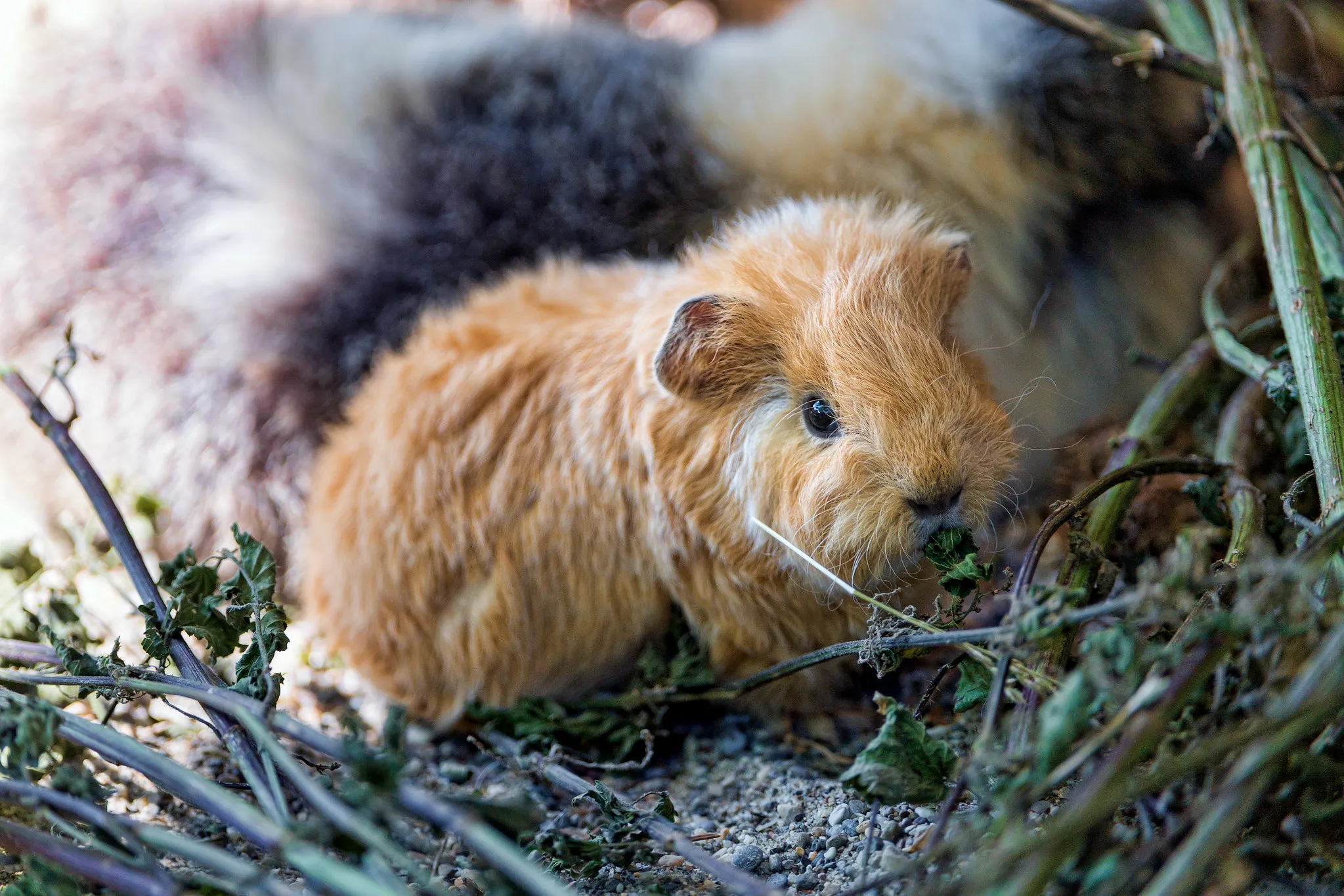
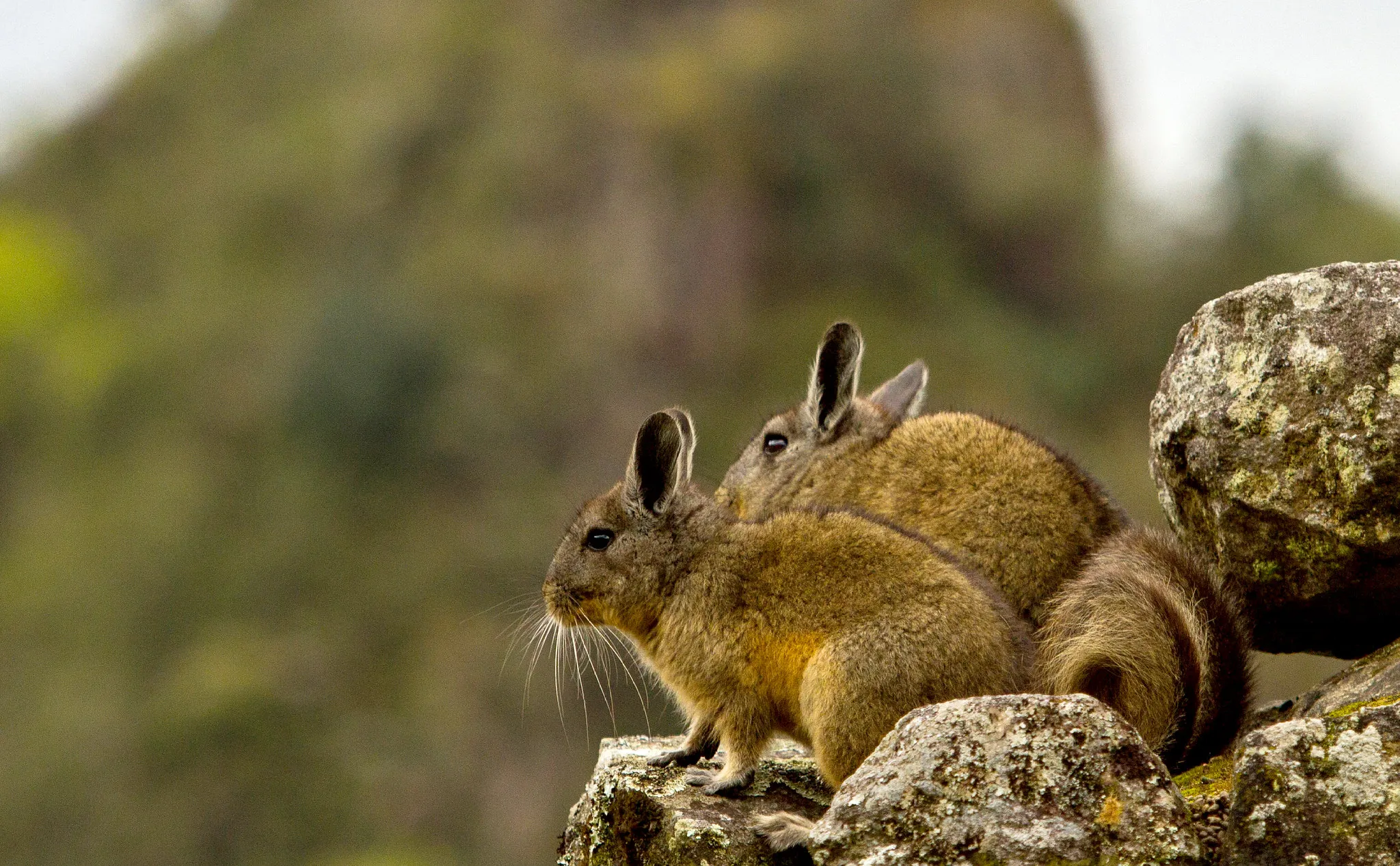
Guinea pig:
Native to South America; found in grasslands, forests, and rocky areas.
Domesticated worldwide.
Chinchilla:
Native to the Andes Mountains in South America; inhabit high-altitude regions with rocky terrain.
Domesticated chinchillas require cool, dry environments.
Comparison:
Both have South American origins but differ in specific habitat preferences.
Ecological Implications:
Reflects adaptation to different ecosystems, with guinea pigs having a broader environmental tolerance.
13. Tracks:
Guinea pig:
Leave small, distinctive tracks with four toe prints on their front feet and three on their hind feet.
Chinchilla:
Tracks show similar toe patterns but may appear less distinct due to their furry paws.
Comparison:
Both leave identifiable tracks, with slight differences due to fur on chinchilla paws.
Ecological Implications:
Tracking patterns contribute to understanding their movements, behaviors, and interactions with the environment.
14. Lifespan:
Guinea pig:
Average lifespan of 5-7 years, but can live up to 8 years with proper care.
Chinchilla:
Average lifespan of 10-15 years, with some individuals reaching 20 years in captivity.
Comparison:
Chinchillas generally have a longer lifespan compared to guinea pigs.
Ecological Implications:
Longer lifespans in chinchillas may contribute to population stability in their natural habitats.
15. Mode of Feeding:
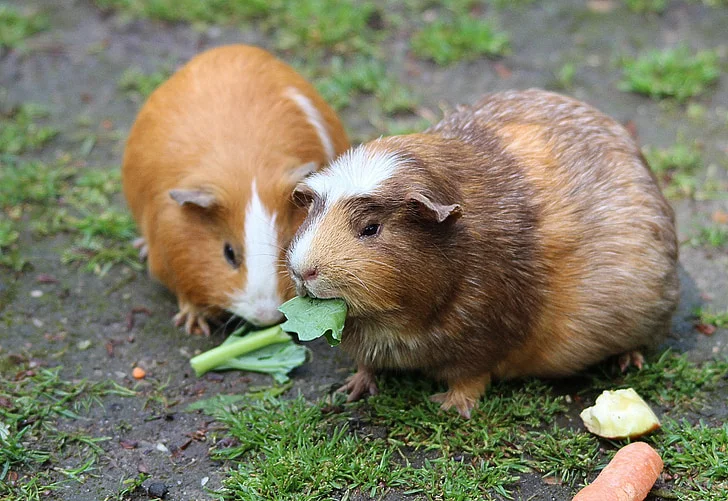
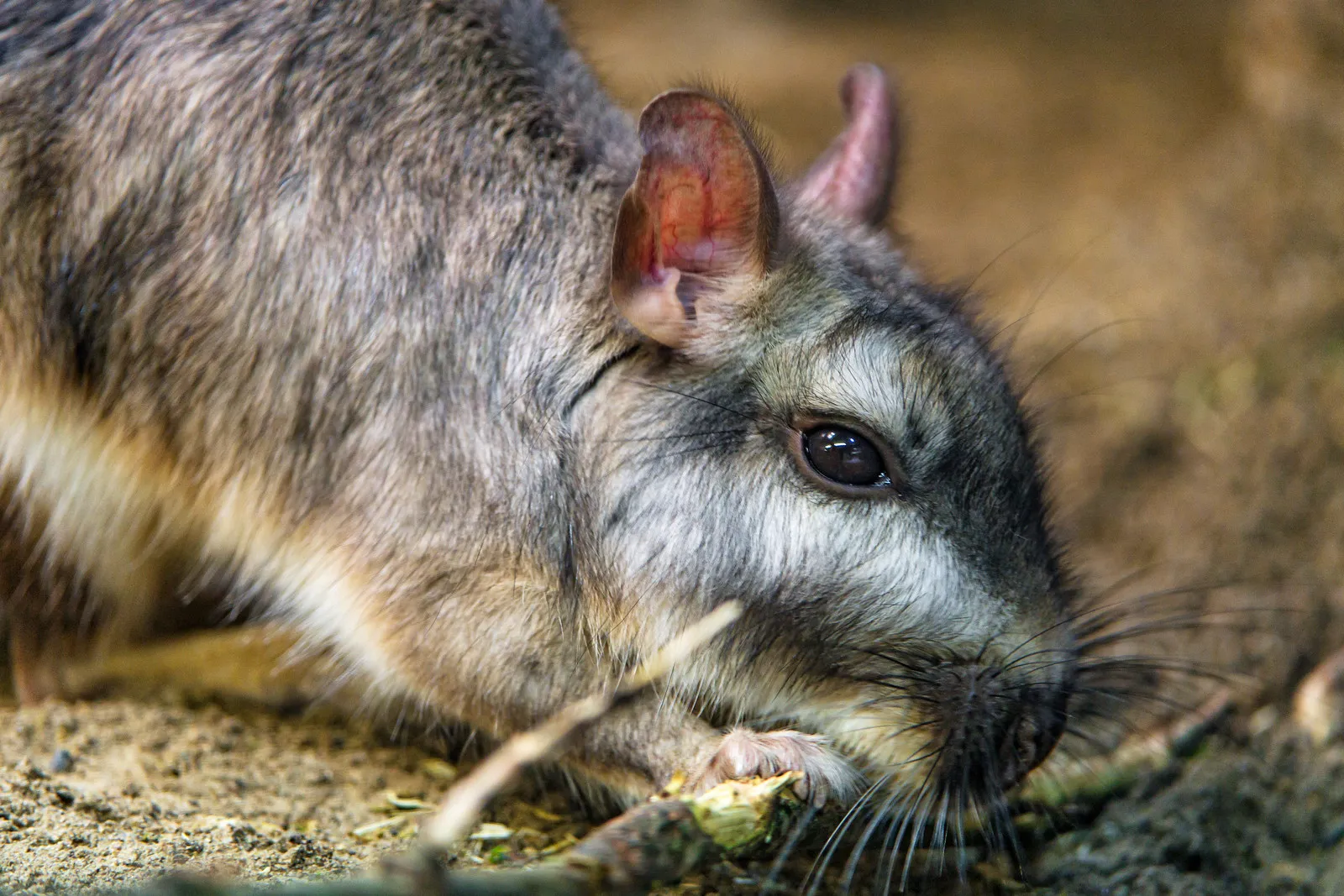
Guinea pig:
Herbivorous; diet consists of hay, vegetables, and pellets.
Chinchilla:
Herbivorous; diet includes hay, pellets, and occasional treats.
Comparison:
Both are herbivores, relying on a diet rich in fiber.
Ecological Implications:
Herbivorous diets play roles in shaping vegetation and nutrient cycling in their ecosystems.
16. Intelligence:
Guinea pig:
Display social intelligence, recognizing familiar voices and learning routines.
Chinchilla:
Intelligent, capable of learning tricks and solving simple problems.
Comparison:
Both species exhibit a level of intelligence, with chinchillas potentially showing more problem-solving abilities.
Ecological Implications:
Intelligence may aid in adapting to changes in their environments, locating food sources, and navigating social structures.
17. Social Behavior:
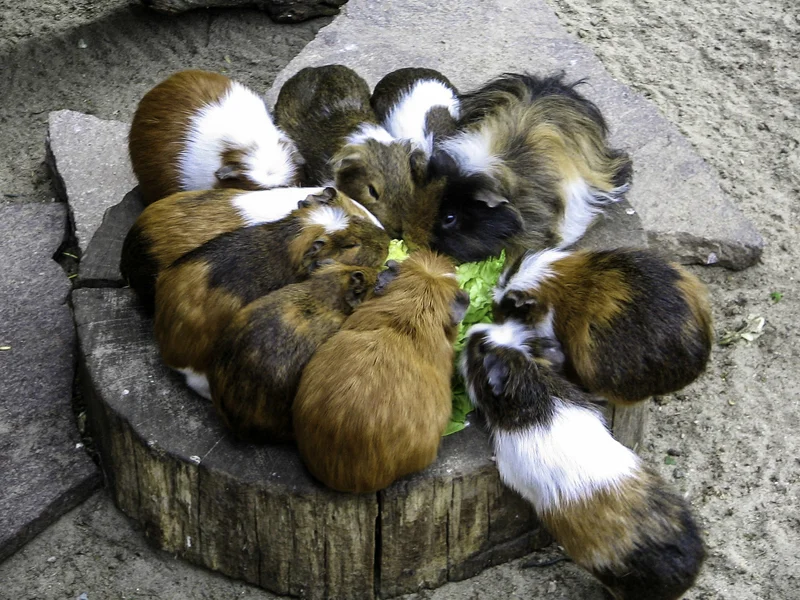
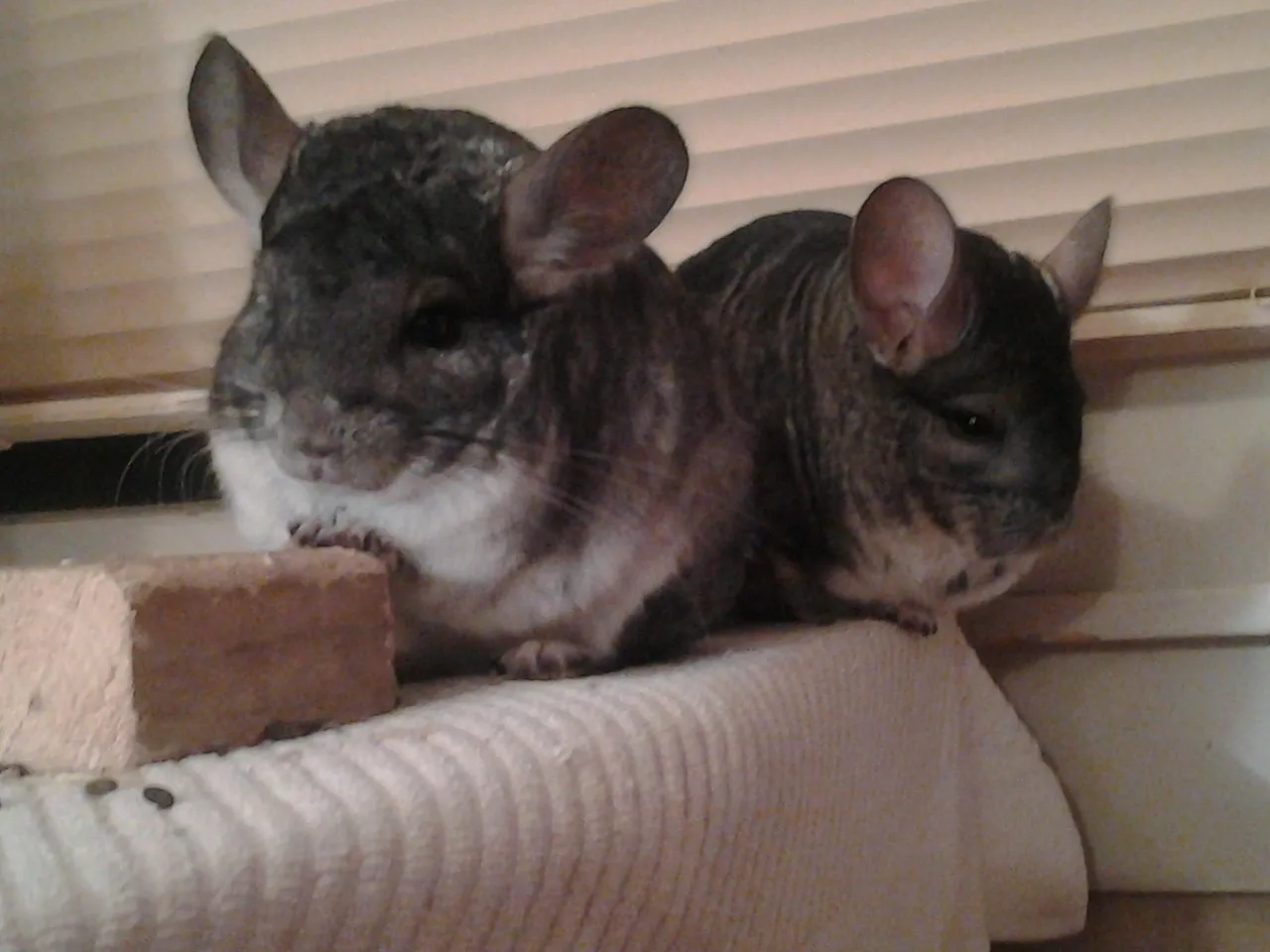
Guinea pig:
Highly social; prefer living in pairs or groups.
Chinchilla:
Social animals; thrive in pairs or groups, but can be territorial.
Comparison:
Both species exhibit social behaviors, though chinchillas can be more territorial.
Ecological Implications:
Social structures contribute to predator vigilance, resource sharing, and overall group dynamics in their natural habitats.
18. Mode of Reproduction:
Guinea pig:
Prolific breeders with a short gestation period (around 59-72 days).
Females are receptive to mating shortly after giving birth.
Chinchilla:
Reproduction involves a longer gestation period (around 111 days).
Females typically have a postpartum estrus cycle.
Comparison:
Guinea pigs reproduce more frequently with shorter gestation periods compared to chinchillas.
Ecological Implications:
Reproductive strategies may influence population dynamics and adaptability to changing environmental conditions.
19. Parental Behavior:
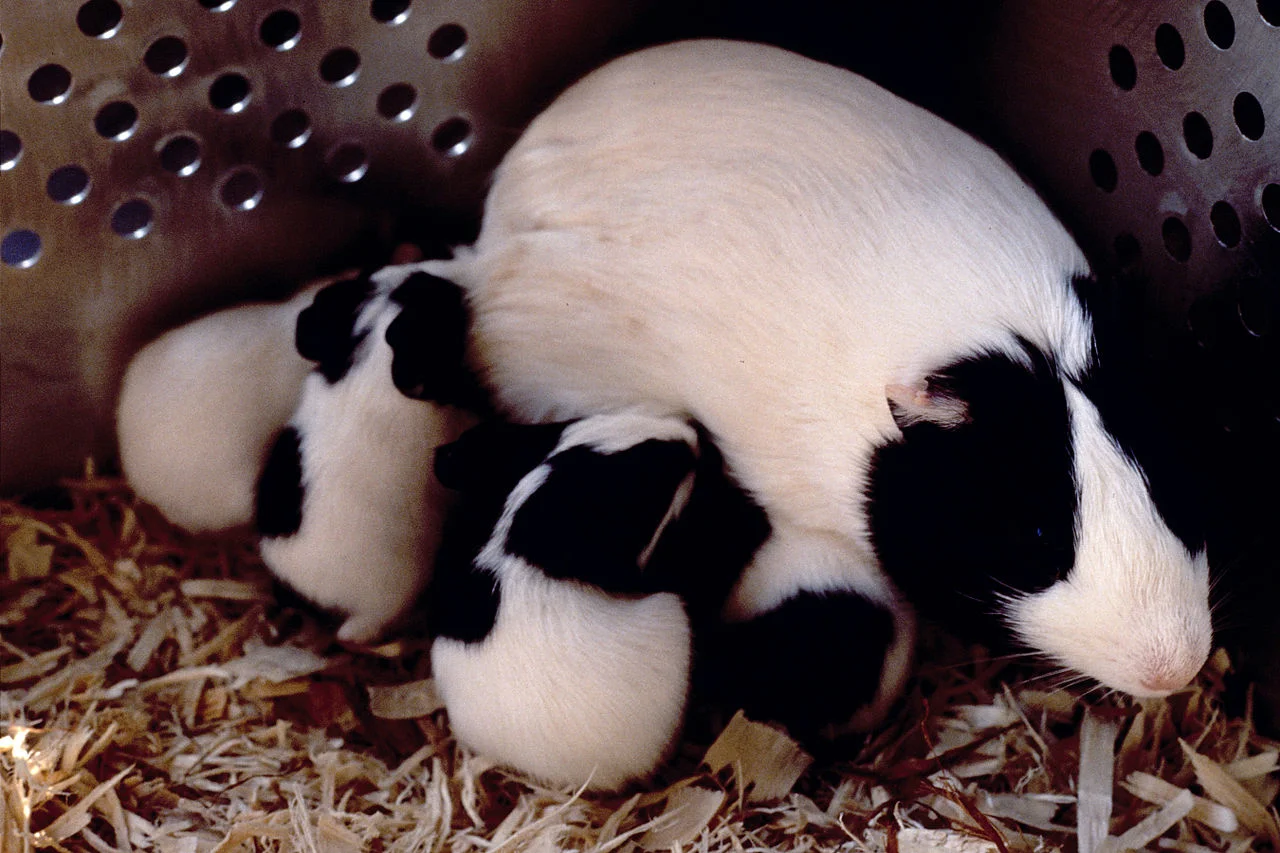
Guinea pig:
Mothers are attentive to their pups, providing warmth, grooming, and nursing.
Chinchilla:
Maternal care involves nursing and protecting the young; males may also participate in caregiving.
Comparison:
Both species exhibit maternal care, with potential paternal involvement in chinchillas.
Ecological Implications:
Parental care contributes to the survival and development of offspring in their respective habitats.
20. Proximity to Human-Inhabited Areas:
Guinea pig:
Domesticated guinea pigs are commonly kept as pets worldwide.
May also be found in the wild near human settlements.
Chinchilla:
Domesticated chinchillas are popular as exotic pets.
Wild chinchillas are less likely to be in proximity to human settlements due to their native high-altitude habitats.
Comparison:
Both species can be found as domesticated pets, but guinea pigs may have a higher presence near human settlements in the wild.
Ecological Implications:
Domestication and proximity to humans may influence their ecological roles and interactions.
21. Behavior Toward Humans:
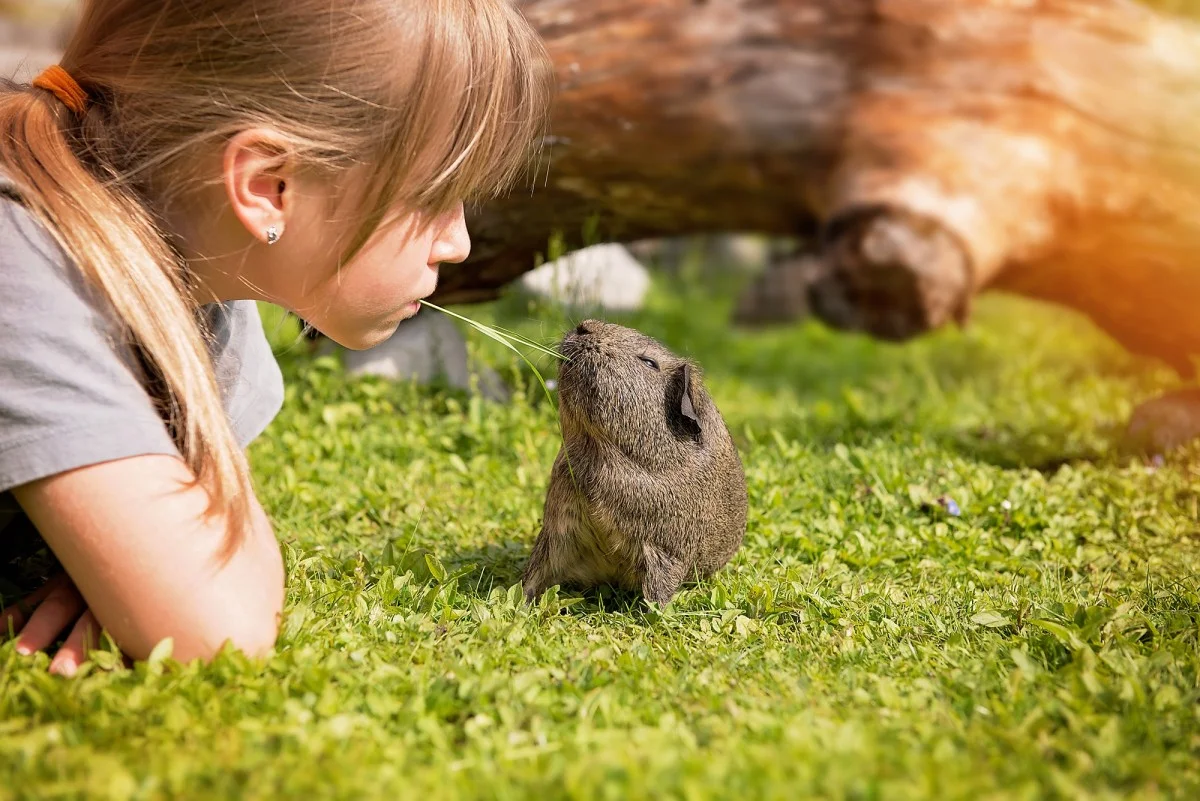
Guinea pig:
Generally docile and sociable; can form strong bonds with human caregivers.
Chinchilla:
Social and curious; may form bonds with humans, but individual personalities vary.
Comparison:
Both species can exhibit affectionate behavior towards humans, with variations in individual temperament.
Ecological Implications:
Human interactions in domesticated settings may impact their behavior and stress levels, influencing overall well-being.
22. Danger Posed to Humans:
Guinea pig:
Generally not dangerous to humans; may nip if threatened but poses minimal harm.
Chinchilla:
Unlikely to pose a threat; may bite if stressed or mishandled but seldom causes serious harm.
Comparison:
Both guinea pigs and chinchillas are considered low-risk in terms of posing danger to humans.
Ecological Implications:
Their non-aggressive nature may contribute to successful cohabitation with humans.
23. Associated Precautions:
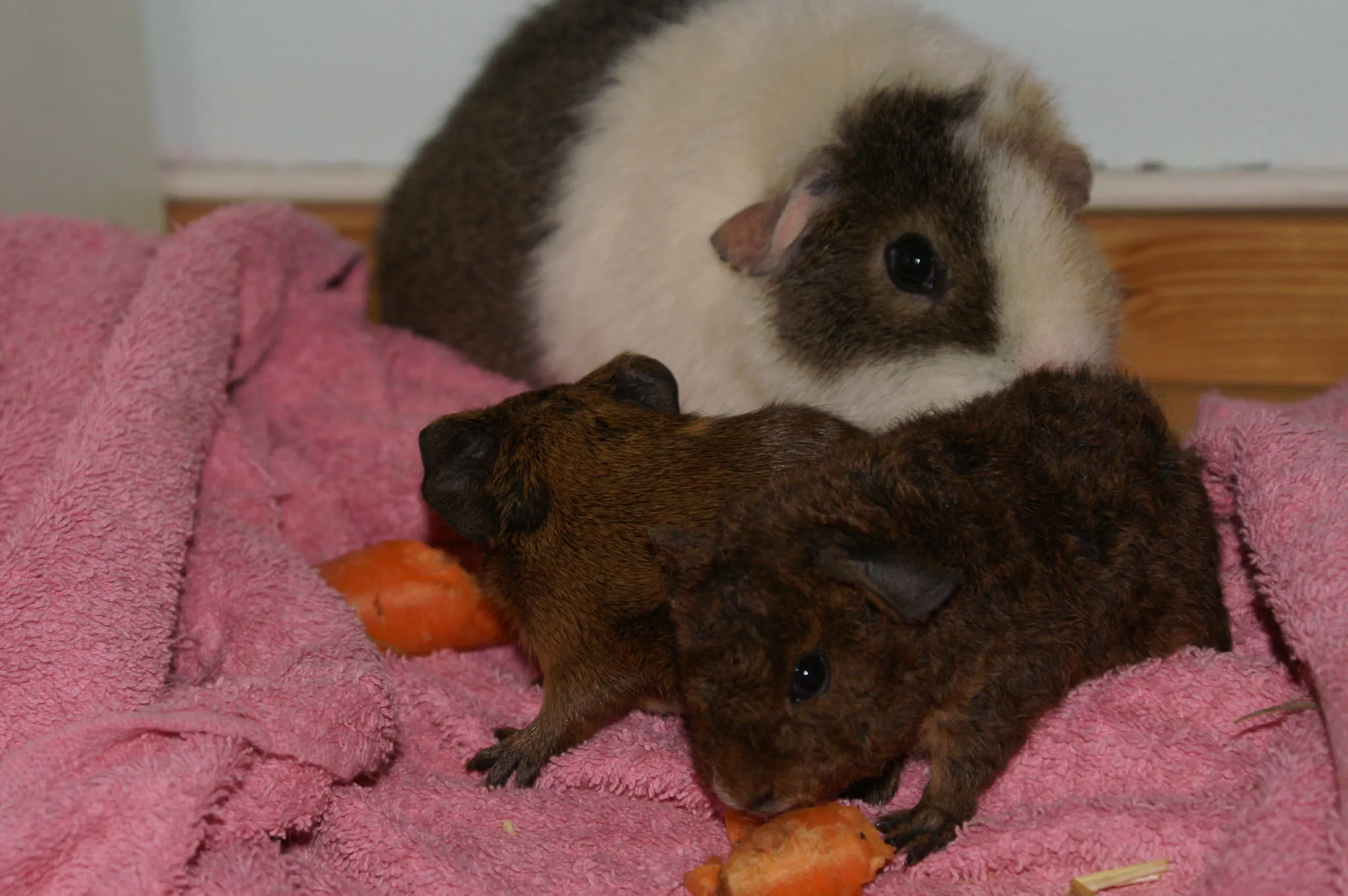
Guinea pig:
Requires proper handling to avoid stress-related behaviors.
Sensitive to temperature extremes; needs protection from drafts and overheating.
Chinchilla:
Sensitive to heat and humidity; needs a cool and dry environment.
Requires regular dust baths for fur health.
Comparison:
Both species require specific care considerations, including temperature regulation and grooming practices.
Ecological Implications:
Understanding their environmental needs helps in providing appropriate care, even in captivity.
24. Conservation Status:
Guinea pig:
Not listed as threatened or endangered; widely domesticated.
Chinchilla:
Wild chinchilla species are listed as endangered due to habitat loss and illegal hunting.
Comparison:
Chinchillas face conservation concerns in the wild, unlike guinea pigs.
Ecological Implications:
Conservation efforts are crucial for preserving the natural populations of endangered chinchilla species.
*Summary of Comparison
Taxonomy:
Guinea pig: Cavia porcellus
Chinchilla: Chinchilla lanigera (domesticated)
Appearance:
Guinea pig: Rounded body, various coat types.
Chinchilla: Compact with dense gray fur, bushy tail.
Size:
Guinea pig: 8-12 inches.
Chinchilla: 9-15 inches.
Weight:
Guinea pig: 1.5-2.6 pounds.
Chinchilla: 1-1.5 pounds.
Dentition and Bite Force (PSI):
Similar herbivorous dentition, moderate bite force.
Physical Offensive Advantages:
Limited offensive capabilities in both.
Physical Defensive Advantages:
Both rely on agility and vocalizations, chinchillas excel in climbing.
Speed:
Guinea pig: 5-10 mph.
Chinchilla: Up to 15 mph.
Agility:
Guinea pig: Moderate agility.
Chinchilla: Exceptionally agile, climbing abilities.
Senses:
Both rely on hearing and smell, chinchillas have better low-light vision.
Overall Physical Capacity:
Guinea pigs ground-dwellers, chinchillas adapted for climbing.
Habitat Preference(s) and Geographic Region:
Guinea pig: Various environments, worldwide.
Chinchilla: Andes Mountains, high-altitude rocky terrain.
Tracks:
Both leave identifiable tracks, with slight differences.
Lifespan:
Guinea pig: 5-7 years.
Chinchilla: 10-15 years.
Mode of Feeding:
Both herbivores, relying on fiber-rich diets.
Intelligence:
Both display social intelligence, chinchillas potentially more adept at problem-solving.
Social Behavior:
Both highly social, chinchillas can be territorial.
Mode of Reproduction:
Guinea pigs prolific breeders, shorter gestation.
Chinchillas longer gestation, postpartum estrus.
Parental Behavior:
Both exhibit maternal care, potential paternal involvement in chinchillas.
Proximity to Human-Inhabited Areas:
Both kept as domesticated pets; guinea pigs may be closer to human settlements in the wild.
Behavior Toward Humans:
Both can be affectionate toward humans.
Danger Posed to Humans:
Low risk for both.
Associated Precautions:
Specific care requirements for both, including temperature regulation and grooming practices.
Conservation Status:
Guinea pigs not endangered; chinchillas face endangerment due to habitat loss and illegal hunting.
Conclusion
I. Similarities:
Both guinea pigs and chinchillas are herbivorous rodents originating from South America.
Exhibit social behaviors and are commonly kept as pets.
II. Differences:
Chinchillas have a longer lifespan, are more agile, and face conservation concerns in the wild compared to guinea pigs.
Guinea pigs are more adaptable to diverse environments and have a broader geographic distribution.
